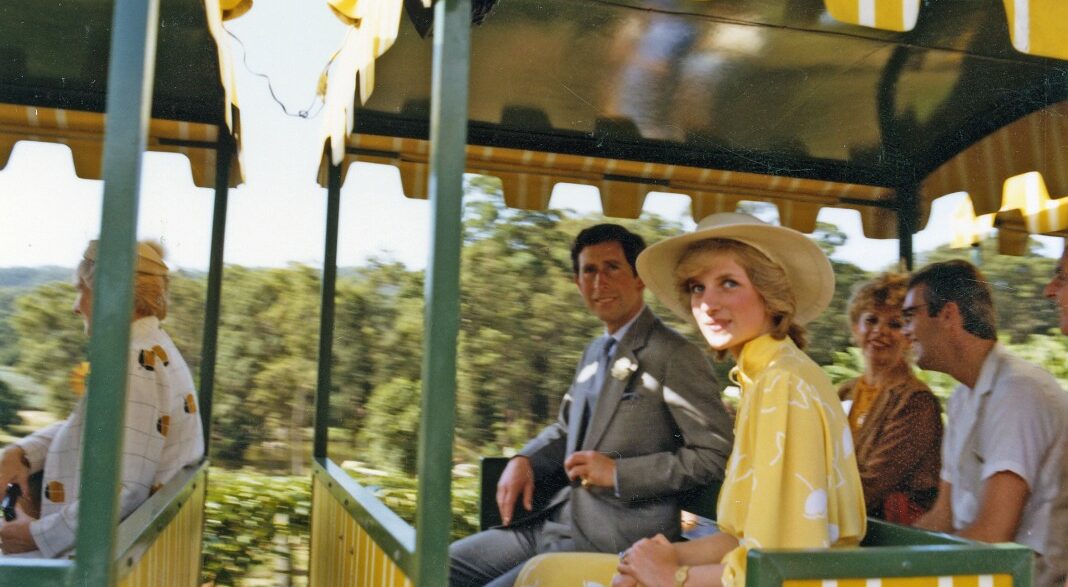World coverage of Queen Elizabeth’s recent death and the ascent of her son – finally – to lead the British monarchy as King Charles III, has dominated the media.
The outpouring of coverage caused me to re-examine my own modest personal experience of Charles when he toured New Zealand as a prince with his then new bride Diana in April 1983.
As a young reporter, I was experiencing my first exposure to the demands and expectations of being a travelling news correspondent.

By the time the royal couple reached New Zealand, they had already experienced a month of ‘walkabouts’ across Australia, accompanied by the royal train. This was a tour group of officials, bureaucratic flunkies and a ‘royal rat pack’ of mostly British journalists.
And as could easily be observed, it wasn’t the millions of handshakes and camera flashlights that affected Diana, but rather an early realisation by her – and the crowds – that her celebrity power way outstripped that of her husband.
As was soon to prove the case for their marriage in what eventually became a battle with much of the rest of the royal family.
She became an adept embracer and manipulator of the press, before her own sad demise in a Parisian car crash.
I in no way blame Diana for her approach. Although in those early days in New Zealand the royal couple seemed happy enough, she was clearly adjusting to the fact that marrying into the royal family wasn’t necessarily an easy road to tread.
Diana was, in my view, already a natural with the media. She seldom entered a room or hit a street on that tour where she had not already carefully worked out how she could present her best angles to the camera. She realised very early on what the best relationship would be to get the press largely on her side in the palace wars.
One of the charming aspects of the 1983 royal tour – especially for the British press then – was that they were actually privileged to speak directly (for approximately a minute or so) to each of the royals at a welcome function in Auckland. Direct conversation with the royals was otherwise then very strictly controlled by Charles’ public relations manager.
I can recall very little of my own truncated conversation with Diana. But I do recall coming away from my chat with Charles thinking he really was quite an interesting man.
He responded to my questions on how he handled the repetitions of royal walkabouts in a way that struck me as refreshingly straightforward. It was, he remarked to me, “very difficult to find anything new to say”.
Whoever was writing his set-piece speeches for him during the 1983 tour seemed to do a solid job as these were usually interesting and apposite.
Charles has stumbled frequently in the media, and the British press has taken some years to come to terms with his current wife, though it seems to have now been largely won over.
He apparently had a staff of around 30 as prince and his travel ventures reportedly require a specific list of personal items.
According to Tina Brown’s new book, “The Palace Papers,” on his visits, the Prince of Wales brings an orthopaedic bed, a lavatory seat, toilet paper, and two paintings of Scottish landscapes. Who wouldn’t?
The fact that Charles and his family enjoy millions in essentially unearned income from their inheritance of centuries of property ownership leaves them somewhat out of touch with everyday reality. Nonetheless, insofar as any member of his family ever does, he often speaks his mind.
Charles has waited a long time to become king, and I trust he enjoys his long-awaited role. It will be an interesting reign.
Long live the king.
Related: When mergers falter




